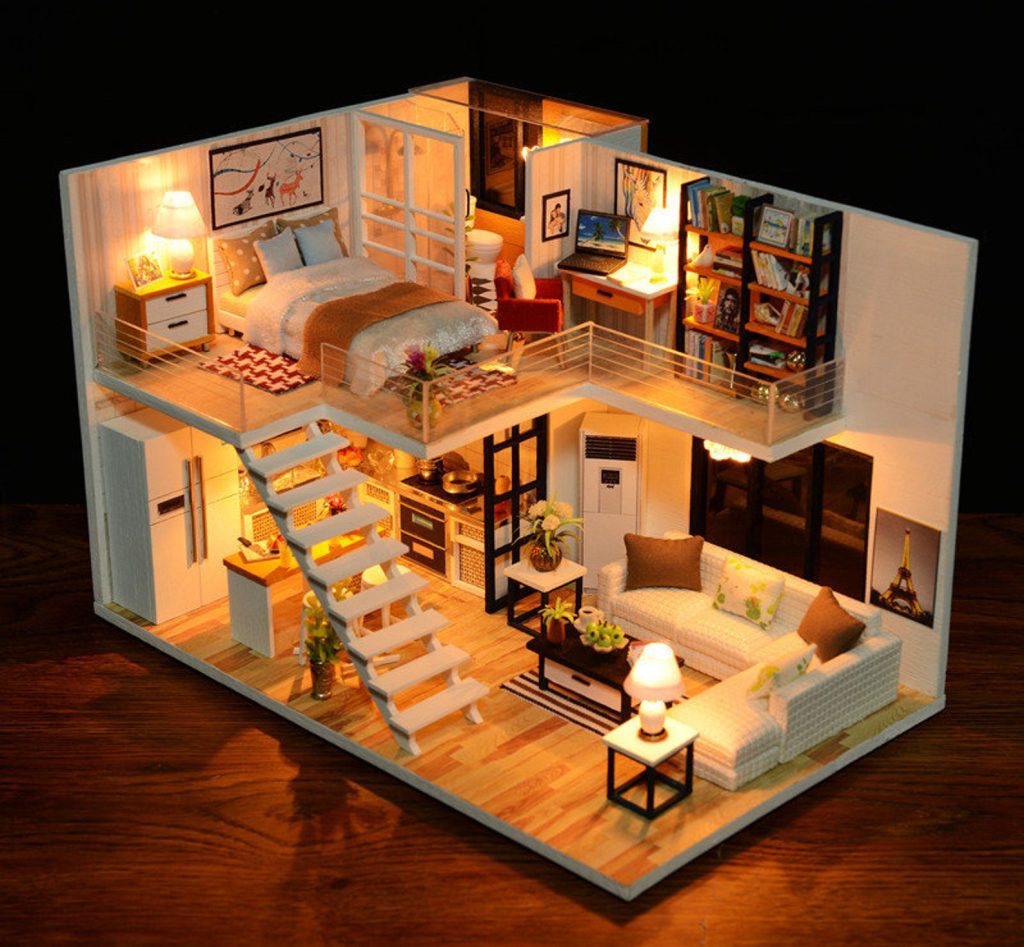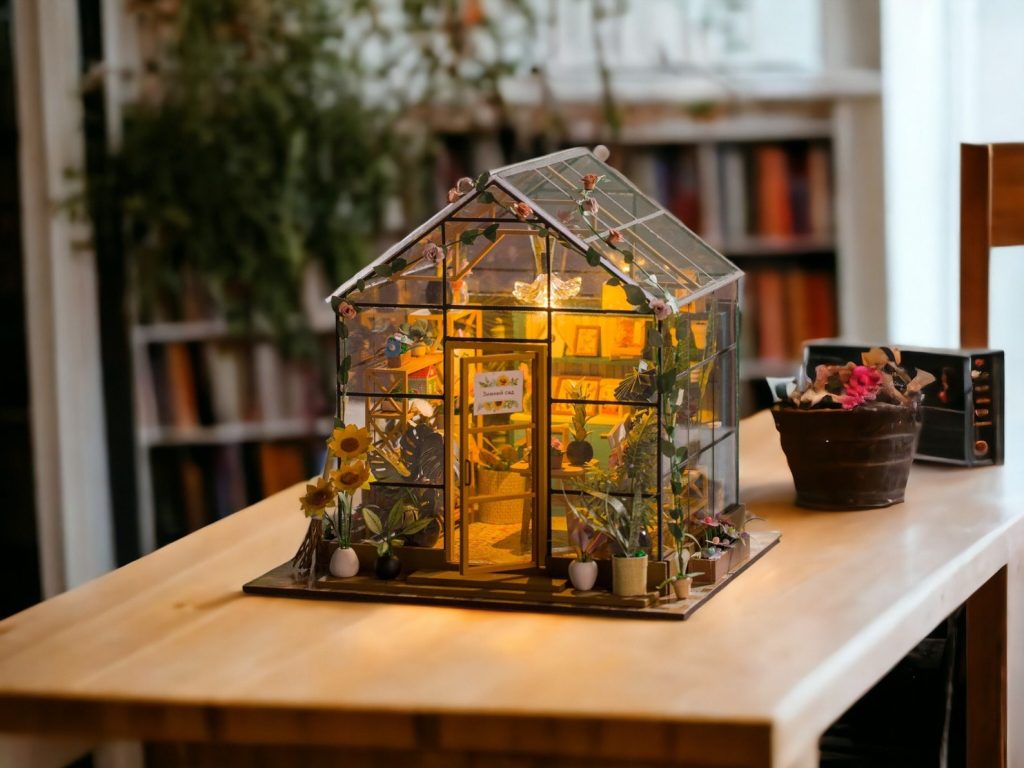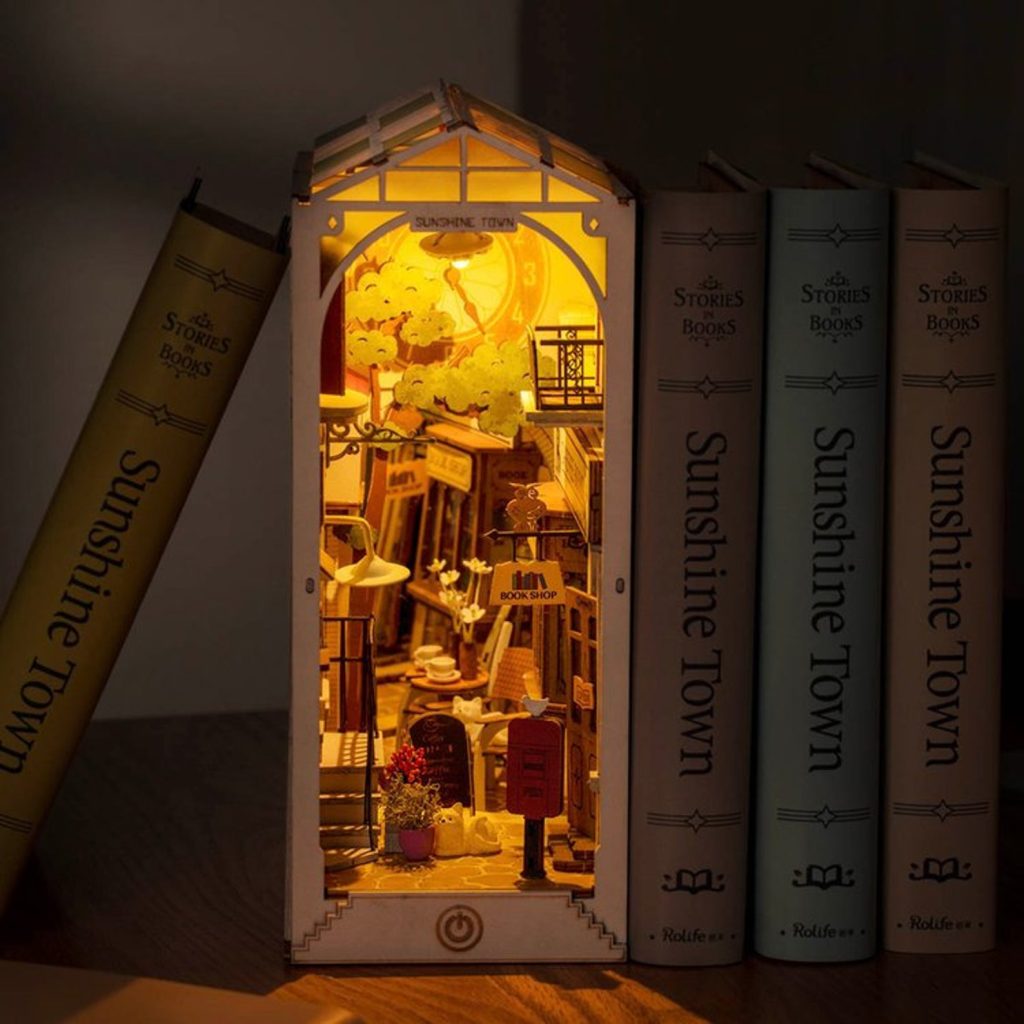Tips
How to Choose the Perfect Dollhouse Kit for Your Home
Dollhouses have a timeless charm that captures the imagination of both children and adults alike. Whether you’re a seasoned collector, a DIY enthusiast, or simply looking to start a new hobby, choosing the perfect dollhouse kit can be a delightful yet daunting task. With various styles, sizes, and complexities available, finding the right kit that fits your space, skill level, and aesthetic preferences is crucial. In this guide, we’ll walk you through the key factors to consider when selecting a dollhouse kit to ensure it becomes a cherished addition to your home.
1. Determine Your Space and Size Requirements
The first step in choosing a dollhouse kit is to assess the space you have available. Dollhouses come in various sizes, from compact miniature models to large, multi-room structures. Consider the following:
- Available Space: Measure the area where you plan to display your dollhouse. Ensure you have enough room for the dollhouse itself and any additional furniture or accessories you might want to add.
- Room Aesthetics: Think about how the dollhouse will fit with your existing decor. Choose a style and size that complements the room and adds to its overall aesthetic.
- Display Options: Decide if you want a freestanding dollhouse, a wall-mounted model, or a piece that fits into an existing piece of furniture. Some kits come with display stands or bases, while others may require custom shelving.

2. Choose the Right Scale
Dollhouses come in various scales, which determine the proportion of the miniature furnishings and figures. The most common scales are:
- 1:12 Scale: This is the most popular scale for dollhouses, where 1 inch in the dollhouse equals 12 inches in real life. It allows for a high level of detail and is compatible with a wide range of miniature furniture and accessories.
- 1:24 Scale: Also known as half-scale, this size is more compact, with 1 inch in the dollhouse representing 24 inches in real life. It’s ideal for smaller spaces or if you prefer a more manageable size.
- 1:48 Scale: Known as quarter-scale, this is a tiny scale where 1 inch equals 48 inches. It’s perfect for detailed, intricate designs and for collectors who enjoy miniature craftsmanship.
Choose a scale that matches your interest and the space you have available. Larger scales offer more detail, while smaller scales are more compact and can be easier to fit into limited spaces.
3. Decide on the Style and Theme
Dollhouses come in a wide range of architectural styles and themes. Consider what appeals to you the most:
- Victorian: If you love intricate designs and classic charm, a Victorian dollhouse with ornate details, bay windows, and decorative trim might be perfect.
- Modern: For a contemporary look, consider a modern dollhouse with clean lines, minimalist design, and sleek furnishings.
- Rustic: A rustic or country-style dollhouse often features charming, farmhouse-inspired details, including exposed wood beams and cozy interiors.
- Historical or Themed: You might also find dollhouses based on specific historical periods or themed around different cultures, such as Tudor, colonial, or coastal styles.
Select a style that resonates with your personal taste and fits well with your home decor. You can also find kits that allow for customization, so you can create a unique look that reflects your individual style.

4. Evaluate the Complexity and Skill Level
Dollhouse kits vary in complexity, and it’s important to choose one that matches your skill level and the amount of time you’re willing to invest:
- Beginner Kits: These are usually straightforward, with pre-cut pieces and simple assembly instructions. They are ideal for those new to dollhouse building or those who prefer a quicker project.
- Intermediate Kits: If you have some experience with crafts or model building, intermediate kits offer more detailed instructions and additional components, such as miniature lighting or intricate furniture.
- Advanced Kits: For experienced builders or those seeking a challenge, advanced kits often include complex assembly, detailed craftsmanship, and custom features. These kits can be highly rewarding but may require more time and patience.
Consider how much time you can dedicate to your project and whether you prefer a straightforward assembly or a more intricate, detailed build.
5. Check the Quality of Materials
The quality of materials used in the dollhouse kit significantly affects the final result. Look for kits made from durable materials such as:
- Wood: Wooden kits are often preferred for their sturdiness and realistic texture. They can be painted or stained to match your desired finish.
- Cardboard: Some kits use cardboard or MDF (medium-density fiberboard), which can be easier to assemble and less expensive. However, they may not offer the same level of detail as wooden kits.
- Plastic: Plastic components are lightweight and often used for detailed miniature furniture. They can be a good option for adding realistic touches.
Examine the materials included in the kit and ensure they meet your expectations for durability and appearance.
6. Review the Kit’s Features and Accessories
Dollhouse kits often come with a variety of features and accessories that enhance the overall experience:
- Furniture and Decor: Check if the kit includes miniature furniture, decorations, and accessories. Some kits offer a complete set, while others may require additional purchases.
- Lighting and Electronics: Advanced kits might include miniature lighting, working appliances, or other electronic components. These features add realism and can make your dollhouse even more engaging.
- Customizable Elements: Some kits allow for customization, such as interchangeable wallpaper, paint options, or modular components. This flexibility can be a great advantage if you want to personalize your dollhouse.

Assess what features are important to you and ensure the kit you choose offers the components and level of detail you desire.
7. Set a Budget
Dollhouse kits can vary widely in price, depending on the scale, materials, and complexity. Setting a budget before you start shopping can help narrow down your options:
- Entry-Level Kits: Generally more affordable and suitable for beginners or those looking for a simpler project.
- Mid-Range Kits: Offer a balance of quality and complexity, often including additional features and more detailed components.
- High-End Kits: These are typically advanced models with high-quality materials, intricate designs, and additional features.
Determine how much you’re willing to spend and find a kit that offers the best value within your budget.
8. Read Reviews and Seek Recommendations
Before making a final decision, read reviews from other buyers to get an idea of the kit’s quality and ease of assembly:
- Online Reviews: Check online retailers, forums, and review sites for feedback from others who have purchased and built the same kit.
- Community Recommendations: Join online communities or local groups dedicated to dollhouse building. Members can offer valuable insights and recommend trusted brands and kits.
- Manufacturer Information: Review the manufacturer’s website and product descriptions for additional details and support resources.
Gathering information from multiple sources can help you make an informed choice and avoid potential issues.
9. Consider Future Expansion
Think about whether you might want to expand your dollhouse collection in the future:
- Add-Ons and Accessories: Some kits allow for easy integration of additional rooms, furniture, or accessories. Consider whether you might want to add to your dollhouse over time.
- Custom Builds: If you enjoy customizing, look for kits that offer flexible design options or that you can modify to suit your evolving interests.
Planning for future expansion can enhance your dollhouse experience and make it a more enduring and enjoyable hobby.
10. Enjoy the Building Process
Finally, remember that building a dollhouse is a creative and rewarding process. Take your time, enjoy the journey, and savor the satisfaction of completing a beautiful, custom piece of decor for your home.
Choosing the perfect dollhouse kit involves considering your space, scale preferences, style, skill level, and budget. By following these guidelines, you can find a kit that fits your needs and allows you to create a miniature world that reflects your personal style. Happy building!

